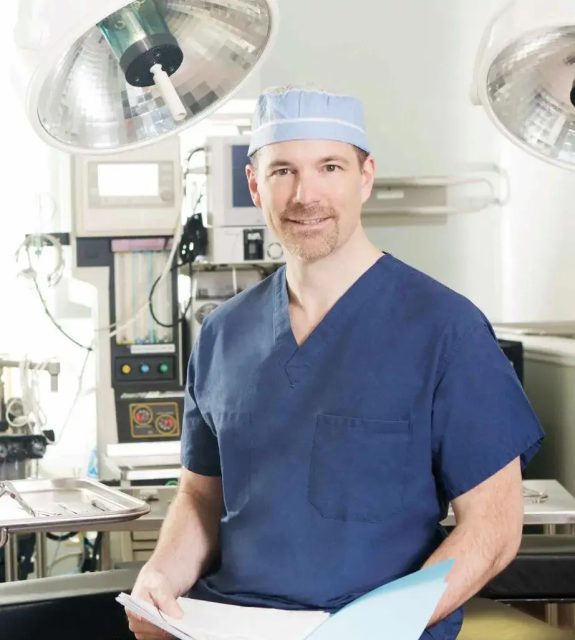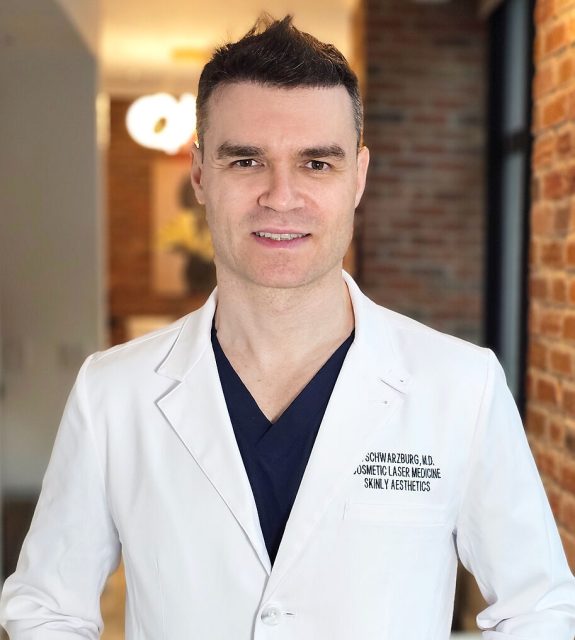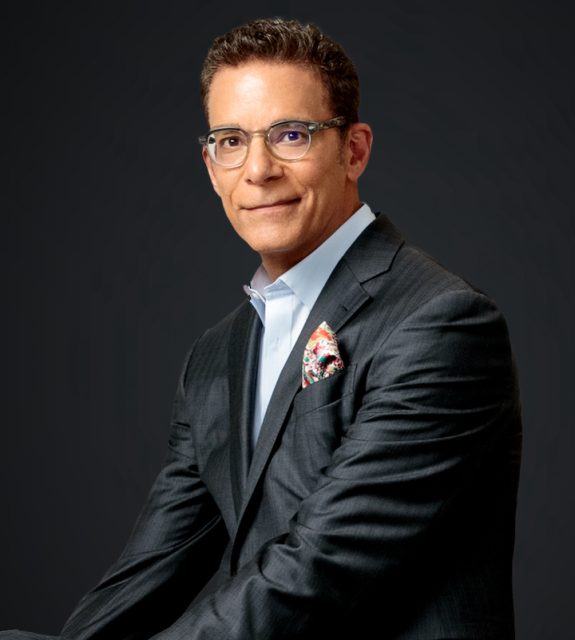Dr. Nianda Reid is a board-certified dermatologist, who specializes in medical and cosmetic dermatology, including the use of cosmetic injectables and laser dermatology. Dr. Reid graduated from the University of Rochester School of Medicine and Dentistry and obtained a dual degree M.D./M.B.A in Health Care Management from the University of Rochester Simon School of Business. She then completed her Dermatology training at Brown University in Providence, Rhode Island where she served as Chief Resident in her final year. Her extensive background and training have given her a wealth of experience in treating various dermatologic conditions. Haute Beauty expert Dr. Nianda Reid provides the answers to PRP for hair loss & facial rejuvenation.
 Photo Credit: Shutterstock
Photo Credit: Shutterstock
Our bodies can heal themselves - it is a truly incredible thing! In the world of dermatology, we have put our best foot forward to take advantage of our body’s natural healing powers. In some instances, such as facial rejuvenation and hair loss, we need the help of treatments to speed up the process.
In the case of these scenarios, Platelet-rich plasma (PRP) injections have gained popularity. As this new treatment is consistently used, curiosity has prospered. Here are the common questions answered by Dr. Reid about PRP for facial rejuvenation and hair loss:
What is PRP?
The treatment is a non-surgical procedure in which your platelets containing growth factors are used to rejuvenate or repair tissues. In dermatology, this process is used for collagen induction, skin renewal, and hair growth. PRP is used to treat several dermatological conditions such as acne, alopecia or hair loss, hyperpigmentation, acne scarring, and photo-aging.
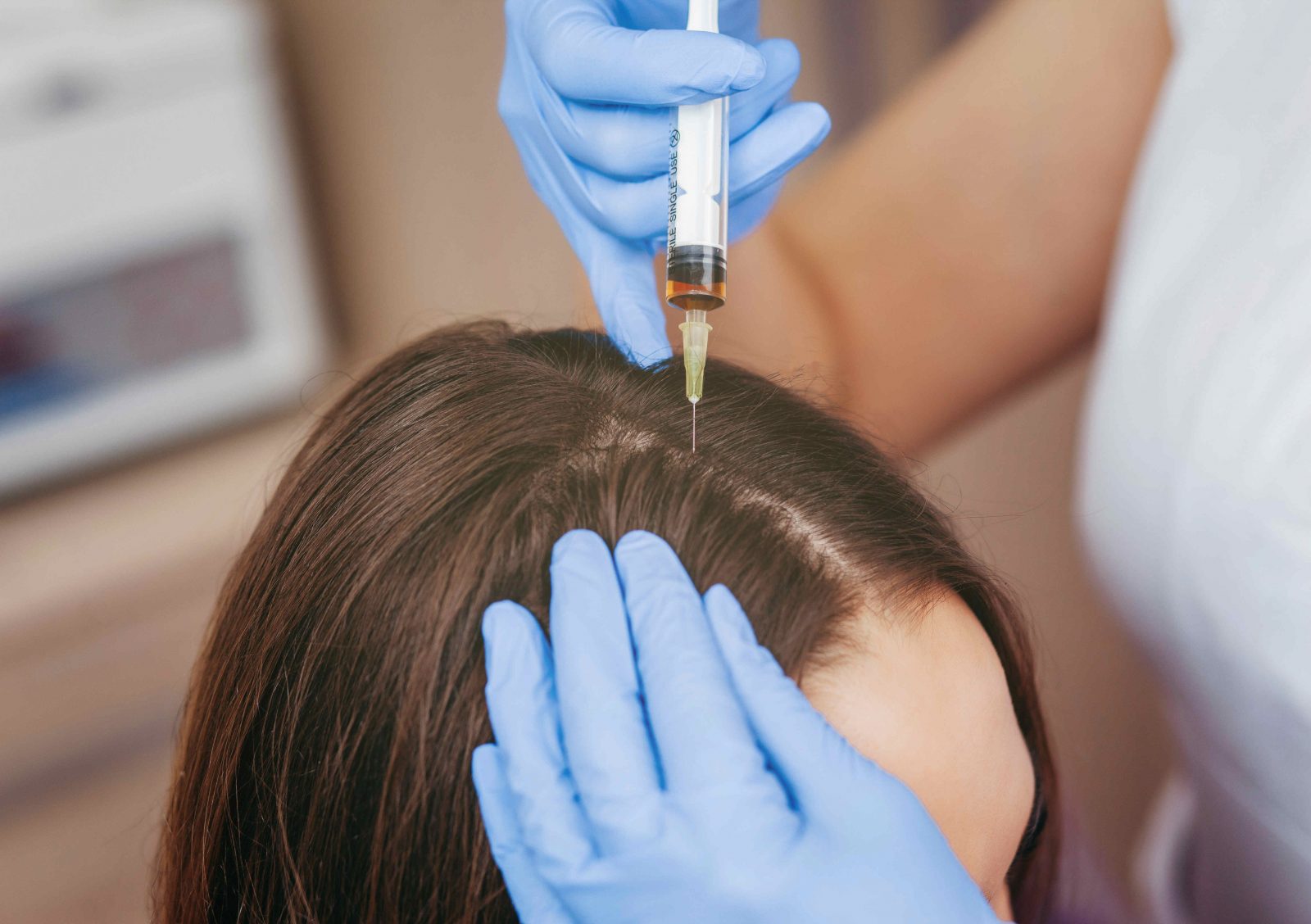 Photo Credit: Shutterstock
Photo Credit: Shutterstock
PRP for Hair Loss:
What makes an ideal candidate for PRP hair growth?
PRP therapy can effectively treat hair loss, including androgenic alopecia, the most common form of pattern baldness. There are many different forms of hair loss. It is essential to be evaluated by your board-certified dermatologists to rule out autoimmune, infectious, hormonal, hereditary hair loss with age, traction/mechanical, medication, or hair loss caused by other factors medical conditions. Seeking treatment earlier is best as you have a better chance of success for hair preservation and restoration.
How is PRP therapy for hair loss performed?
PRP is harvested from the blood that is drawn from the patient. The blood then undergoes a centrifugation process to concentrate the platelets, leaving a surplus of growth factors which are then injected into the scalp in the areas of hair loss.
How does PRP work to promote hair growth? Does it stop hair loss?
PRP contains various growth factors and cytokines that enhance the body’s inherent capacity to repair and regenerate.
How long does PRP hair treatment last?
The whole procedure typically takes about 1 hour from start to finish.
How many PRP hair treatment sessions do I need?
PRP sessions are usually done 1-2 months apart for 3-4 sessions but this may vary based on patient response to treatment.
Hair transplant or PRP?
PRP is a non-surgical solution for hair loss requiring little downtime but works best in the early stages of hair loss. Hair transplantation is a surgical procedure usually done in later stages of hair loss, and so, not everyone is a candidate. Both have a significant place in hair loss treatment.
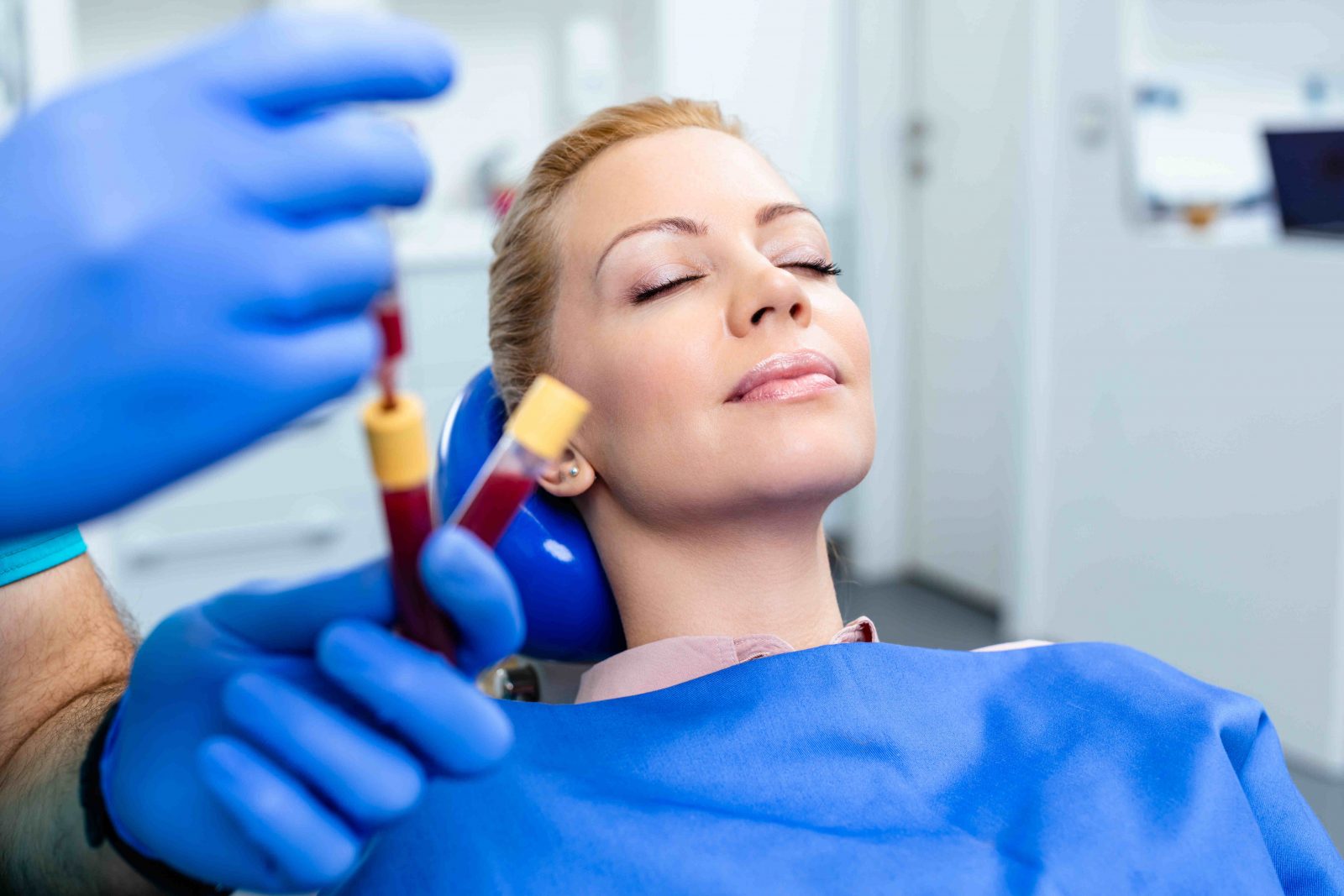 Photo Credit: Shutterstock
Photo Credit: Shutterstock
PRP for Facial Rejuvenation:
What makes an ideal candidate for PRP facial rejuvenation?
PRP facial rejuvenation is perfect for patients who prefer a natural approach to anti-aging treatments or for patients looking to further supplement other injectable anti-aging treatments. As we age, we notice changes in our skin from laxity to changes in tone and texture and the appearance of fine lines and wrinkles. Just as PRP can be used to regenerate your hair, it can be used to rejuvenate your skin. One widespread use of PRP is facial skin rejuvenation using dermal injections and topical application with microneedling.
How is PRP therapy for facial rejuvenation performed?
PRP facial rejuvenation, also known as “vampire facial,” is done by using your own platelets to rejuvenate your skin. A blood sample is drawn from the patient and spun in a centrifuge to extract the platelets and growth factors. The platelet-rich plasma is applied topically to your face, and then a microneedling device is used to help the plasma penetrate your skin. PRP injections are also used for under-eye rejuvenation, where it is injected to correct dark hollows by rejuvenating under-eye tissue.
How does PRP improve my skin? Can PRP treat scars?
PRP and microneedling together have added benefits for collagen induction by working above and below the level of the skin. As a result, PRP facials can help with acne scarring, hyperpigmentation, reduction of fine lines, and improved skin tone.
How many PRP treatments are needed?
PRP treatments for facial rejuvenation usually take about 30-60 minutes. The number of treatments needed varies by patient but typically are done 1-2 months apart, and it may take 3 months to see results.
Is there anything I should avoid after a PRP facial?
After a PRP facial, you may experience pinpoint bleeding, swelling, or bruising. Patients are usually instructed to use a gentle cleanser and moisturizer. Patients should avoid exfoliation or massaging the area immediately after treatment. After PRP facial, it is recommended to avoid sun exposure and use sunscreen (at least SPF 30+, reapplied every 2 hours) with sun exposure.















